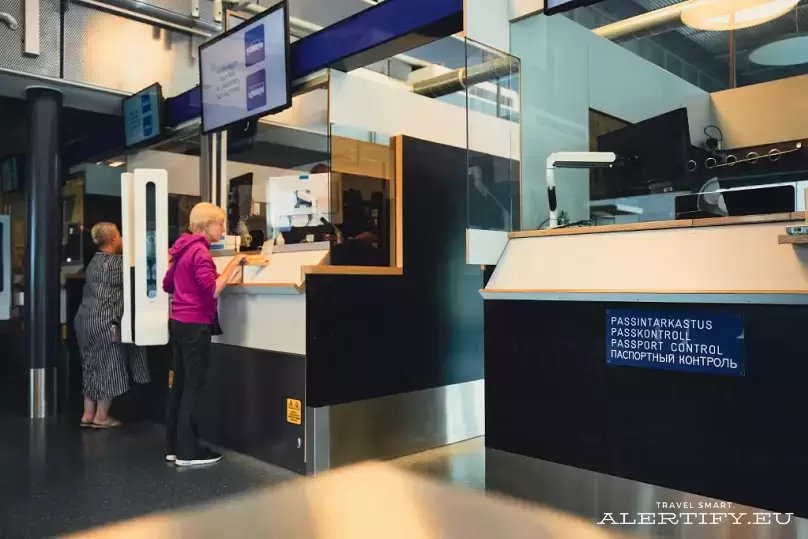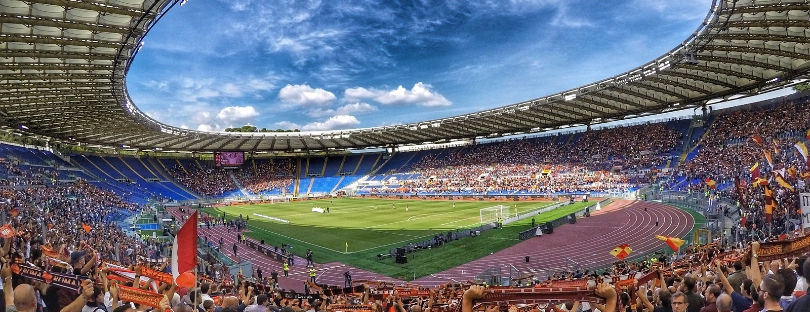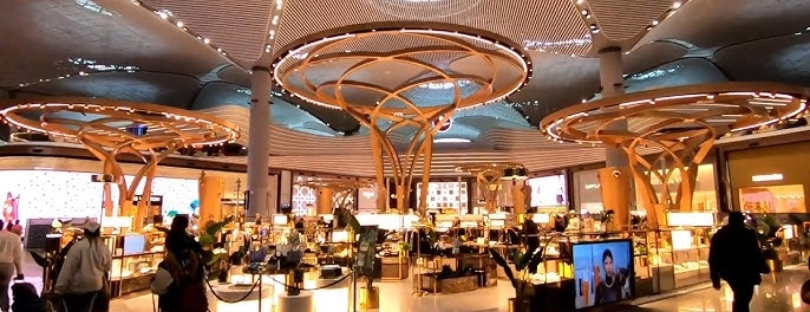
Travel spending declines as inflation bites
Data from Barclaycard, which sees nearly half of the nation’s credit and debit card transactions, reveals that spending on essential items rose 7.0 percent year-on-year, greater than the 4.0 percent rise recorded in June. The increase was driven largely by fuel and supermarket shopping, both of which saw year-on-year growth (29.9 percent and 2.1 percent, respectively), as the prices of petrol, diesel and everyday items continued to climb. Meanwhile, average spending on utility bills rose 43.9 percent year-on-year, even higher than last month’s growth of 39.6 percent. Travel spending
At the supermarket, almost nine in 10 (89 percent) Brits report seeing increases in the prices of everyday items, with the majority noticing that butter (53 percent), milk (51 percent), and meat (47 percent) are more expensive than they were in June.
This comes as 45 percent of shoppers say they are looking for ways to get more value from or to reduce the cost of their weekly shop. Over half (52 percent) of this group are paying closer attention to the prices of items they buy regularly, and the same proportion (52 percent) are cutting down on luxuries or one-off treats for themselves.
In addition, nearly two-fifths (37 percent) are purchasing certain items on a need-to-buy basis to save money and avoid waste, resulting in an emerging trend for smaller basket sizes, and more frequent trips to the supermarket to restock when items run out. The average value of a supermarket transaction has dropped from £23.67 in January 2021 to £19.33 in July 2022, while the average number of monthly supermarket purchases per person increased from 8.70 to 11.91 over the same period.
Meanwhile, spending on non-essential items rose 8.0 percent year-on-year, as well as 1.3 per cent month-on-month, with a likely combination of inflation, the hot weather and summer and school holidays giving rise to increased discretionary spending across a range of categories.
Clothing retailers saw particularly positive uplifts of 8.7 percent year-on-year and 4.0 percent month-on-month, while pharmacy, health & beauty stores also saw strong growth of 8.6 percent and 3.1 percent over the same timeframe.
The July heatwave also boosted sports and outdoor retailers, up 1.7 percent compared to June, and electronics stores, where spending jumped 8.6 percent. This comes as 55 percent of Brits say they bought items to keep cool in the hot weather, with electric tower fans (17 percent) the most in-demand.
General retailers were another bright spot, recording rises of 5.5 per cent month-on-month and 0.5 per cent year-on-year, with a portion of that growth directly attributed to Amazon’s recent Prime Day. Meanwhile, discount stores grew 3.1 per cent and 3.3 per cent over the same period, as more Brits looked for ways to balance their budgets.
The eating and drinking category was up 9.0 percent year-on-year, yet it saw a slight decline (-1.5 percent) compared to the previous month. The month-on-month drop is partly a reflection of how well the sector performed in June, owing to the Queen’s Platinum Jubilee weekend. However, demand has also been falling due to the cost-of-living squeeze; almost three in 10 (29 percent) Brits say they plan to spend less on social plans and days out this summer, with 67 percent of this group cutting back on eating out at restaurants, and 55 percent spending less at pubs, bars and nightclubs. Travel spending
Travel spending
Travel agents and airlines also continued to see year-on-year growth (204.0 percent and 112.7 percent, respectively), however, both categories were down month-on-month (-3.8 percent and -3.0 percent). This is likely due to the ongoing disruption across the aviation sector, as well as the 20 percent of Brits who are choosing not to summer holiday abroad this year, and the 16 percent instead opting to take a break in the UK. The popularity of staycations is driving spend in the hotels, resorts & accommodation category, which grew 1.9 percent compared to June.
Looking at consumer confidence levels, encouragingly, more Brits are feeling confident about their household finances (66 percent versus 59 percent reported last month), their ability to spend on non-essential items (54 percent versus 48 percent), and their ability to live within their means (71 percent versus 66 percent). However, confidence in these areas remains below where it stood in July 2021 (72 percent, 62 percent and 75 percent respectively).
Meanwhile, the data also shows nine in 10 (91 percent) are concerned about rising inflation, surging household bills and higher food prices, while confidence in the future of the UK economy remains low at 26 percent.
José Carvalho, Head of Consumer Products at Barclaycard, said: “July saw Brits get into the swing of summer by prioritising non-essential spending on staycations, new clothes and beauty products, while the heatwave gave an extra boost to the electronics sector, as consumers bought gadgets to keep cool.
“However, inflation continues to have a noticeable impact, with price rises forcing shoppers to spend more on essential everyday items such as fuel, butter and milk, and to cut back on some discretionary experiences such as meals and drinks out, and holidays abroad.”
“We know that this is a really challenging time for many consumers, so it is reassuring to see that more Brits are feeling confident about their household finances and ability to live within their means each month. This shows that, faced with difficult circumstances, many are finding ways to budget and manage their finances successfully, to cope with ongoing inflationary pressures.”










